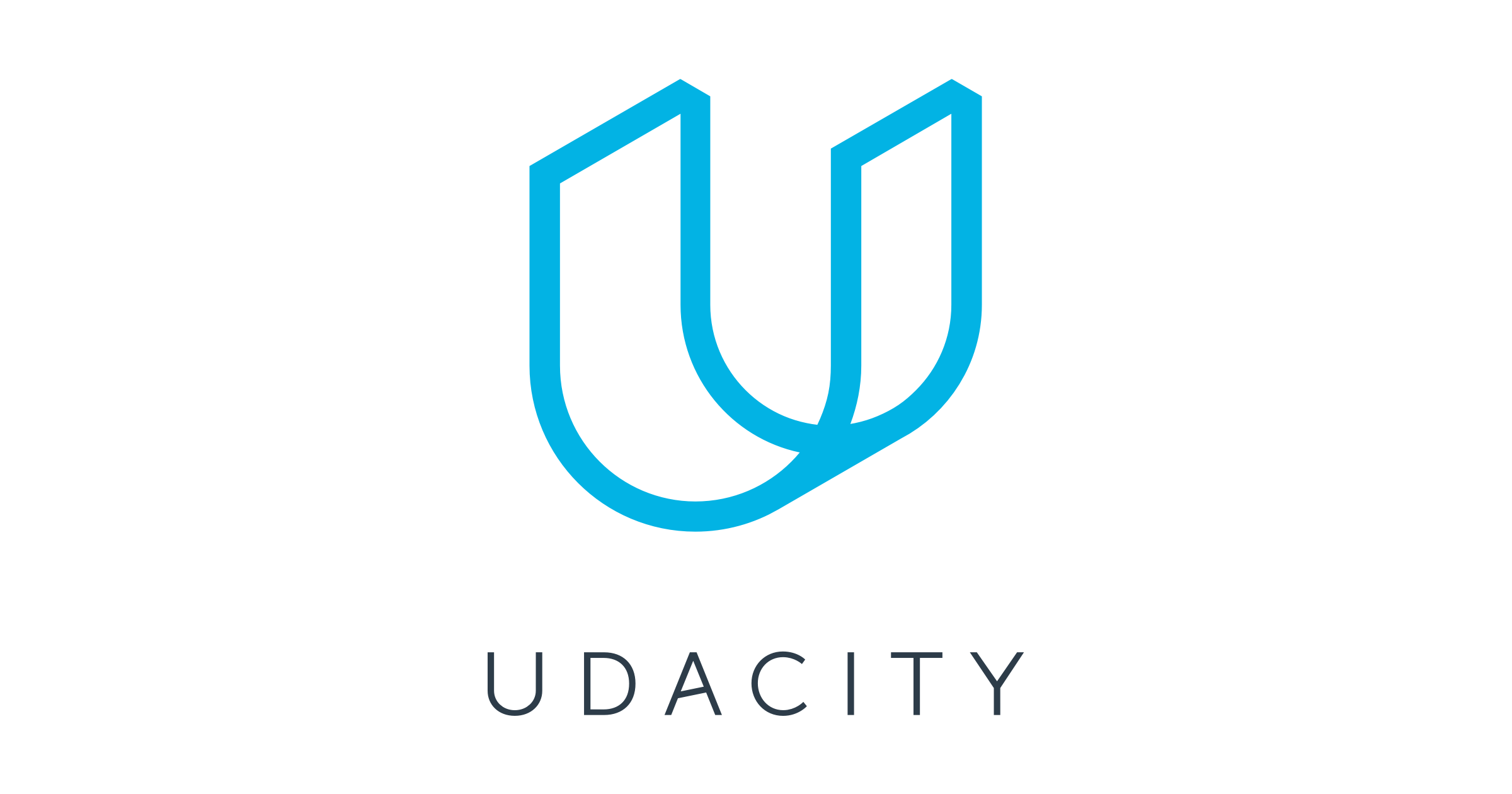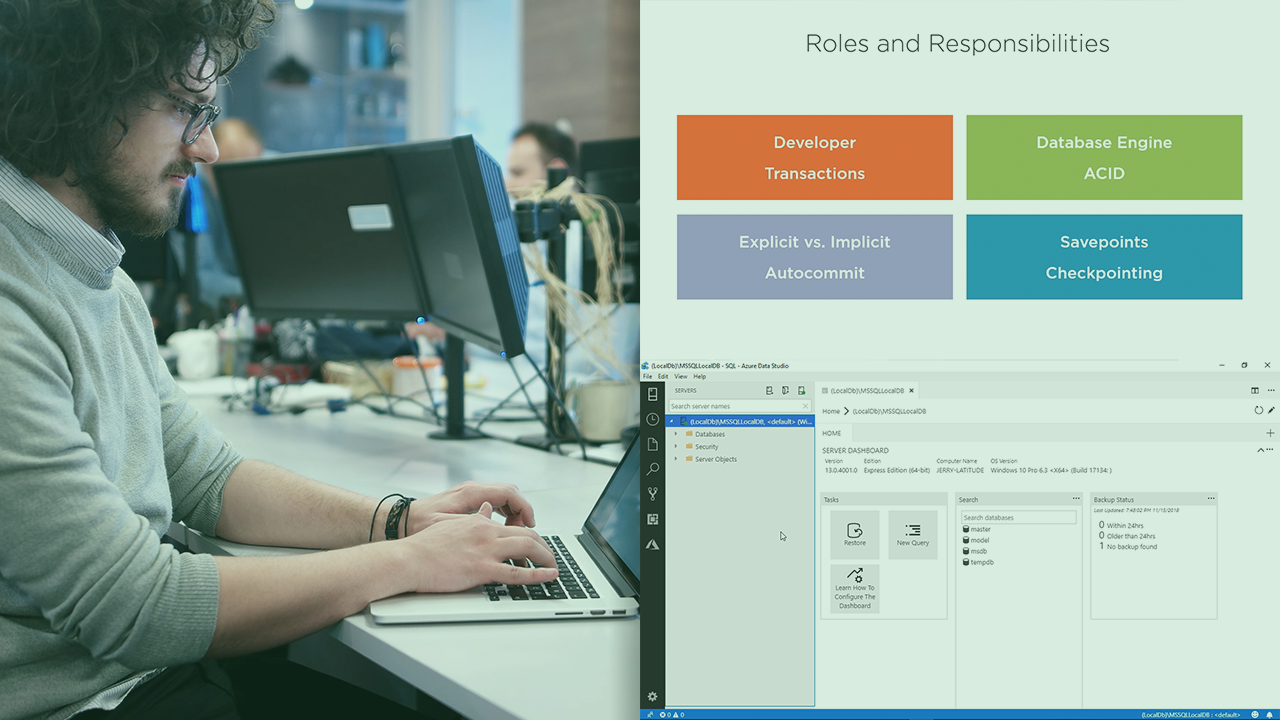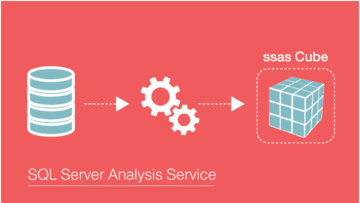Description
In this course, you will learn
-
Discover how to use core SQL commands to define, select, manipulate, control access, aggregate, and join data and data tables. Learn when and how to use subqueries, various window functions, and partitions to complete complex tasks. To improve analysis performance, clean data, optimise SQL queries, and write select advanced JOINs.
-
Explain which cases you would want to use particular SQL commands, and apply the results from queries to address business problems.
-
Databases need to be structured properly to enable efficient and effective querying and analysis of data. Build normalized, consistent, and performant relational data models.
-
Understand the tradeoffs between relational and non-relational databases and justify which one is best for different scenarios. Learn about MongoDB and Redis to gain an understanding of the differences in behaviours and requirements for non-relational databases with a paradigm shift.
Syllabus :
- Introduction to SQL
- Management of Relational & Non-Relational Databases









